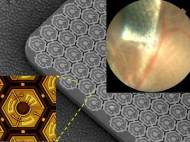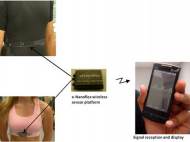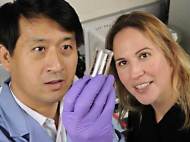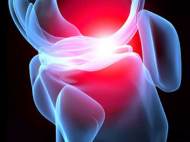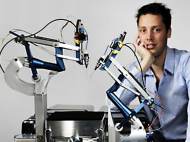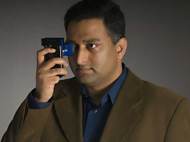Bionics»
SSTs – self-assembling synthetic DNA “building blocks”
 In an emerging field of science known as DNA nanotechnology, DNA is being explored for use as a material that can be used to build small and programmable structures. Researchers at the Wyss Institute have used short synthetic strands of DNA to developed interlocking DNA “building blocks” able to form complex nanostructures. Named single-stranded tiles… »
In an emerging field of science known as DNA nanotechnology, DNA is being explored for use as a material that can be used to build small and programmable structures. Researchers at the Wyss Institute have used short synthetic strands of DNA to developed interlocking DNA “building blocks” able to form complex nanostructures. Named single-stranded tiles… »

